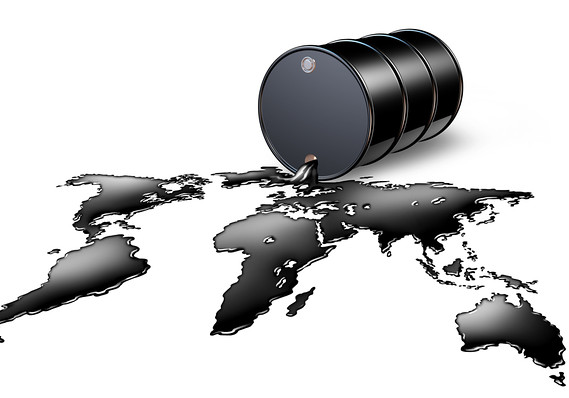Petrol futures soared Monday as Tropical Storm Harvey continued to wreak havoc on Texas, knocking major Gulf Coast refineries out of action. And while the storm is also expected to curtail offshore crude oil production in the Gulf of Mexico, crude futures are under pressure. That’s because the supply impact is more than offset by the hit to demand for crude by the refinery shutdowns.
Petrol for October delivery on the New York Mercantile Exchange, the most-active contract, jumped 2.7 per cent to $1.5833 a barrel after changing hands near $1.62 in earlier action. The September contract which expires later this week, was up 4 per cent at $1.7331 a gallon.
Meanwhile, West Texas Intermediate crude for October delivery the U.S. benchmark, dropped $1.64, or 3.4 per cent, to $46.23 a barrel. But Brent crude, the global benchmark, initially rose before being pulled into negative territory. The October contract on the ICE Futures Europe exchange was down 69 cents, or 1.3%, at $51.72 a barrel.
“West Texas oil futures fell as the market expects that refineries will demand less oil as they take weeks, maybe longer, to come back on line,” said Phil Flynn, senior market analyst at Price Futures Group, in a note. “Brent crude on the other hand stayed stronger as the U.S. will demand product from Europe as well as some shut down of Libyan oil production over the weekend.”
The Bureau of Safety and Environmental Enforcement late Sunday estimated nearly 379,000 barrels a day worth of crude-oil production has been halted, equal to around 21.6% of current Gulf output.
On top of that, around 300,000 barrels a day of land-based production may also be closed, noted analysts at Commerzbank. At the same time, however, refinery shutdowns continued to spread Sunday, according to S&P Global Platts, with around 2.2 million barrels a day of capacity down or being brought down.
“It is unclear when restarts can begin or whether more severe damage will become apparent at some plants—this will be partly a function of how much precipitation arrives over the coming hours,” wrote analysts at Vienna-based JBC Energy, in a Monday note. “There are reports of U.S. traders already turning to refiners in North Asia in search of product cargoes.”
At the pump, retail gasoline prices were moving higher, with the U.S. national average at $2.377 a gallon, a rise of 1.5 cents from Sunday and 4.6 cents from a week ago, according to fuel data sites Gasbuddy. Harvey hit the Texas Gulf Coast late Friday as a Category 4 hurricane. It was later downgraded to a tropical storm. It has devastated Houston and the surrounding area with epic flooding and several more days of heavy rain in the forecast. Five deaths believed to have been related to the storm were reported in the Houston area as of late Sunday.
At least five refineries had shut down ahead of the storm, while several more closed or were in the process of closing over the weekend. Exxon Mobil said Sunday it was shutting down its Baytown, Texas, plant, with capacity of as much as 560,000 barrels a day. The refinery is the nation’s second largest. Patrick DeHaan, senior petroleum analyst at GasBuddy, last week estimated the storm could push the average retail gasoline price up by 15 cents a gallon over the next two weeks.
The South, Southeast and Mid-Atlantic were expected to see the biggest impact, with prices projected to rise 10 to 20 cents over the next two weeks. The Midwest and Great Lakes could see a rise of 7 cents to 15 cents, he estimated, noting that estimates could change. Meanwhile, the closure of the Houston Ship Channel and loading terminal in the Houston area is likely to hamper imports and exports of crude oil and oil products for weeks, which could substantially distort U.S. inventory data, the Commerzbank strategists noted.

